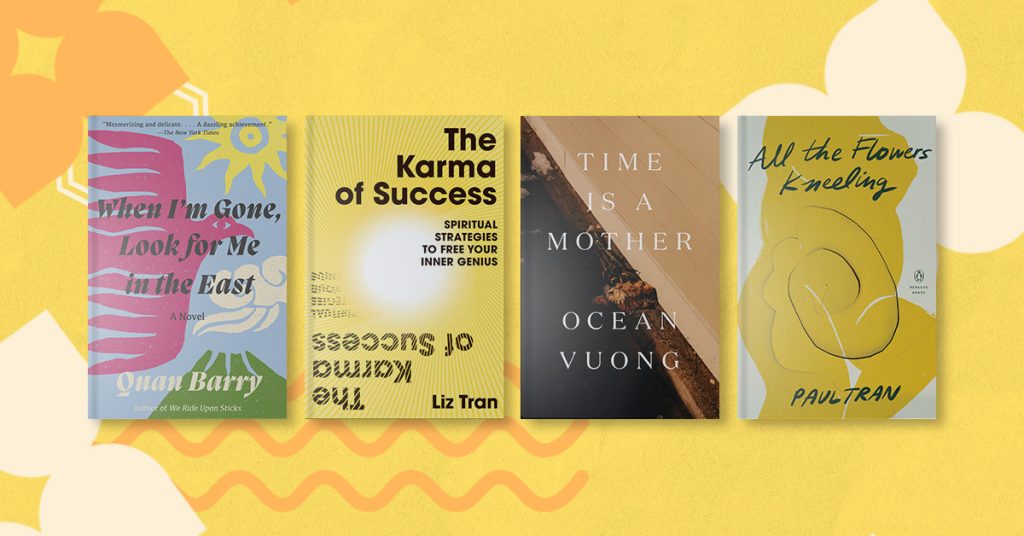Traditional Vietnamese poetry rhymes, just like verse in Chinese or many European languages. The rhyme scheme is distinct than that used in English where the same syllables must be used.
Like other forms of music, different Vietnamese generations have adapted poetry to their views and perspectives. Vietnamese cultural identity is defined Soan van lop 6 Ket noi tri thuc by the integration of music and poetry.
Connection
Vietnamese poetics is not rhymed similar to Chinese or other European languages. In Vietnamese poetry the rhyme is constructed by meters as well as the back rhyme structure (rhyming the last syllables in one line before the first one of the following).
It is not just about lyrics. It also reflects cultural values and tradition. The songs of the Xam from the 14th century for instance, represent a vast array of traditional village values. They express love towards family members, respect as well as loyalty to parents. They they also emphasize the importance of being honest and the importance of goodwill in maintaining peace.
Vietnamese poetry and music serve in bringing together the different cultural traditions of Vietnam. Additionally, it’s a method for self-expression and enables the performers to tackle barriers and difficulties within their own lives.
Harmony
A variety of organizations, from localities to and even universities, have strived to safeguard the heritage of Vietnamese music. They’ve set up groups, schools and associations for promoting tuong. Tuong is a classic performing art that involves performing, singing and action. It is an integral aspect of the cultural particularly for the worship of mother goddess and the gods of the ancestral past. The artists have to excel in the art of singing and enunciating their roles.
Both poetry and music include harmonic elements. The rhyme in the poems or folklore tunes is usually complex and includes reversals in tones. Reversals of tone help maintain the quality musically.
Additionally, Vietnamese music is characterized through its ornamentation and improvisation. Vietnamese music has also incorporated certain influences from abroad.
Cultural Definition
The metacultural aspect of music and poetry creates trails throughout the world. These time capsules capture the essence of Vietnamese the past and its identity.
Similar to verse as in Chinese, Vietnamese poetry has a combination of meter and rhyme. Tone classes are determined by the quantity of syllables that a word contains. Vowel sounds define the class: either sharp (thu), flat (thu) or sharp (cn) or smooth (sanh,tai).
The regional folk music and types varied across the nation. They reflect the diversity of the different groups, and the themes range from the beauty of nature to daily hardships. The traditional instruments used included the dan-nguyet (Vietnamese Monochord) and the Dan-bau. This music survived the time of relocation and is still played today.
The Human Evolution
During the colonial era, Vietnamese court poetry and music took on Chinese influences. Since the country was opened in 1975, Vietnamese poetry and music have been influenced by different styles all over the world.
Unlike English and classical Greek and Latin poetry, where syllables can be categorize by stress, in Vietnamese poems syllables are characterized through their count, and their tone. A verse regulated line has six distinct tones, some flat and some sharp https://bancanbiet.vn/.
There is a Cai Luong opera for example, draws inspiration from Don ca Tai Tu and Mekong Delta folk songs, however, it is infused with elements from old Vietnamese tales, Nom poetry, and books about Vietnam tradition in addition to old Indian, Egyptian Roman, and Japanese tales. This cultural fusion is what distinguishes the traditional Vietnamese music.
Cultural Conservation
The rich traditional music of Vietnam is because of a blend of musical styles and ages of ethnic groups. Each ethnicity, while using the same kind of music, have their own way of performing and their own rhythm. Kinh the lullabies for instance are different when compared to Muong and Dao lullabies.
They are accompanied with a range of styles and instruments. It includes cheo, Tuong and cai luong – traditional theatre music such as quan ho (water puppet), “ly” song as well as the royal court of Hue in the Tran or Nguyen Dynasties. These musical masterpieces were recognized by UNESCO as a world-wide cultural heritage. These musical masterpieces are a treasure trove that anyone seeking to protect the culture of a country.

